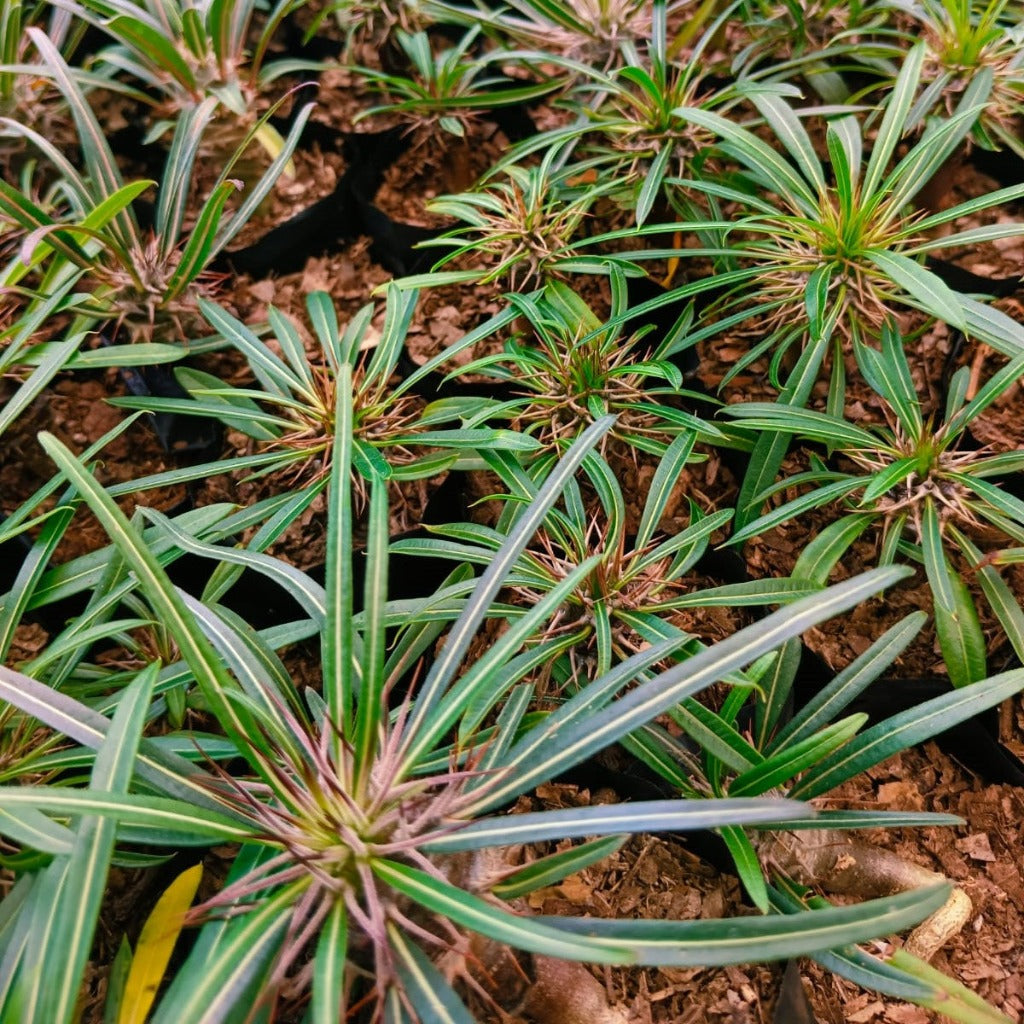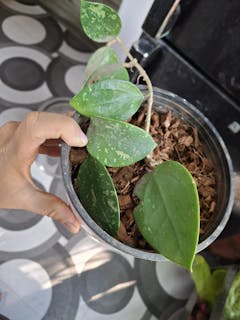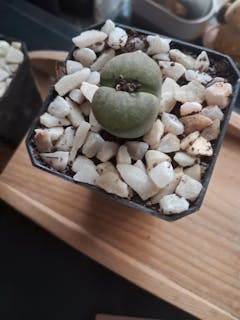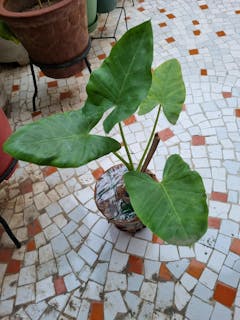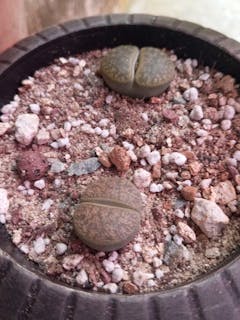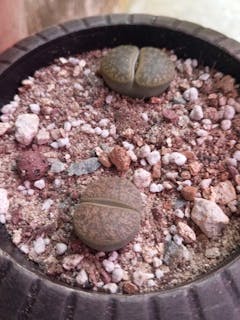Madagascar Palm
Family
Apocynaceae
Origin
Madagascar
Description
A succulent small tree, looking like a combination of a cactus and a palm, this species of Madagascar-palm looks very similar to Pachypodium lamerei and P. rutenbergianum. This semi-evergreen succulent grows tall and slender with a plump, even obese trunk. Cool, dry winters cause the tufts of lustrous leaves to drop away, leaving a stark, scary looking skeleton.
The 1-inch-long (2.5 cm) spines on the trunk occur in threes, occasionally twos. These gray-fuzzed spine clusters develop atop structures called tubercles. On the trunk tip, or any of the few branch tips, a whorl of long, upright, strap-like leaves grow. Each leaf is dark green with minute silver-gray hairs and a pinkish midrib. This species blooms in the heat of spring and summer when the leaves are fully present. Tip clusters of fragrant white, funnel-shaped blossoms are held on branched stalks. Each blossoms has five petals. After flowering, this succulent may produce branching shoots from the trunk or branch tip. Very old, large specimens often develop an inverse bottle-shaped trunk, even lacking spines.
Environment
Pachypodiums require good amount of sunlight . Unlike other succulents, it needs lot of water in summers. The Cactus need regularly water to replenish its moisture reserves in the rest period.
Landscape Uses
Use this tall, architecturally striking succulent in a rock garden among cactus and other frost-tender succulents. When smaller, it makes an acceptable potted specimen, too.

